World Fine Art Professionals and their Key-Pieces, 257 - Joop de Hondt
World Fine Art Professionals and their Key-Pieces, 257 – Joop de Hondt
In the exhibition “Opposites Attract” in the WM gallery, Joop de Hondt showed his work alongside that of Johanna Blankenstein. Facing the dramatic images of Blankenstein, Joop showed authentic snapshots, graphic, minimalistic but recognizable and authentic.
Joop de Hondt walks around with a big smile when I visit him in the gallery. He has just sold three tiles from the shop window. Another visitor told him that the buyer was Youp van ‘t Hek, a well-known comedian.
Runners on the beach
The tiles showed images of runners running into the sunlight on the beach. Sleek and full of suppleness at the same time with a sharp black shadow. Joop de Hondt: “I was lucky to be on Scheveningen beach that day. It was early April two years ago, the first sunny days. It seemed as if the whole of The Hague had been awakened from hibernation. This year I printed the photos for the first time. I had a series of tiles made of some. ”
The photos are also inside, in a slightly larger format. In addition, other photos are more like minimalist paintings than photos. “Photography can do something that painting cannot: catch the moment. That moment never comes back. That has something magical. The painter, on the other hand, works from his memory. ”
Abstract expressionism
Joop de Hondt (Vlissingen, 1958) grew up with abstract expressionism. “I went to ‘La Grande Parade’ at the Stedelijk Museum, and when there was a Pollock exhibition in Düsseldorf, I went there.” A while ago he discovered the Belgian painter Hans Laagland. “He paints portraits and still lifes. He was captivated by Rubens’ technique. I visited him in his studio. He is talking about looking and that image determines itself. As a maker, you shouldn’t get in the way of that. ”
He spoke to Laagland about the white in a photo and in a painting. “In a photo it is about the lack of something. White on a painting is something else, it has its own texture. The photographer works with one eye, eliminating the third dimension, while you paint with both eyes. Then you see differently. The camera, 100 years old now, delivers a flat image, but the photographer fights against that flatness. He / she tries out all kinds of things so that the image can come to life. ”
Punk magazine
He was intensively involved in photography from the age of 16 to 20. That was still in Vlissingen. He had a darkroom, was a member of a photo club. “I combined light and form. I was intrigued by playing with light. I was already doing special things back then, it was very raw. I kept it, it is very precious to me. The photos, as now, do not refer to anything outside the photo. ”
Some photos also appeared in a magazine. “The magazine was called ‘The Pedal Bin’, it was a punk magazine. Recently I met a friend from back then. He said, ‘That picture in the third issue of The Pedal Bin was the best picture of the time.’ I always thought nobody had seen anything in those pictures back then. That comment pleased me so much that I started shooting again. That was four years ago. ”
In the meantime he had started to study philosophy in Amsterdam, where he got his bachelor degree and after that he ended up in IT, including IBM and now KPN (Houten).
Shapes
We walk past the photos. A glass with all kinds of dots and a black background. “I saw it lying on the Gelderlandplein, a plastic cup in the wind. I immediately saw something and recorded it. I always stay close to home with my photos. I increased the contrast and played with color. That helps to add depth. ”
A blue obliquely stretched shape. “The weather was nice, I looked down and saw the reflection of the sun on the carpet between my legs. ‘Nice shape’, I thought. ‘I have to take a picture of this.’ These are real moments. This was especially the case with the sea. I’m not going to do anything about it. ”
A regular pattern with holes. “I was waiting for the tram. It was very warm. In the tram booths you have benches with holes. The sun was shining through the holes on the concrete floor. You could see the hole texture on the floor. I increased the contrast and added color. This is also about the shape. It is purely visual information. ”
A red shape. “One of the walls of my previous house. I saw a nice shadow on the wallpaper. Some people see a fantasy tree in it. ”
Row of columns
A row of columns. “It was a plastic packaging for precious things. It was on the floor near the coffee machine. It looked like a kind of pillars. Each block has its own shape. ”
The sea. “The sea at Vlissingen seen from the Boulevard. Although you wouldn’t say it right away, the photo was taken during the day. I cleaned it up a bit and added color here and there for the depth. ”
Rippling water. “The Veerse Meer. Shallow water, you see the slopes of the bottom. The sun plays with it, red / yellow. “This is ‘it’, I thought, when I made it.”
A bird with a long neck. “On my way home, I passed a construction site. Paint was on the floor. I thought it was special. It was yellow, I made it red. Besides red / orange, you see cobalt blue. It has become detached from the background. The distance to abstract expressionism is not that great. ”
Video film
And finally a video film with rippling water. “Made on the pier of Scheveningen. It was my first attempt to film. I was fascinated by the regularity of the waves. The waves come from the right and the returning water goes from top to bottom. Two movements, white and dark, alternate. It is in black and white. I increased the contrast and delayed the image a bit. It takes about three minutes, is in a loop. ”
Beauty
‘Beauty’ is his theme, he says. “Beauty increases the quality of life.”
Finally, his thoughts on photography. “As a photographer you use the moment. That is special, a painter cannot. I try to extract and display the richness of the visual as optimally as possible. ”
Photo 10 is by Pete Purnell.
http://gallerywm.com/WP/johanna-blankenstein-johan-willem-de-hondt-06-09-05-10-2019/
https://ifthenisnow.eu/nl/verhalen/de-wereld-van-de-amsterdamse-kunstenaar-66-joop-de-hondt
Disclaimer: The views, opinions and positions expressed within this guest article are those of the author Walter van Teeffelen alone and do not represent those of the Marbella Marbella website. The accuracy, completeness and validity of any statements made within this article are not guaranteed. We accept no liability for any errors, omissions or representations. The copyright of this content belongs to Walter van Teeffelen and any liability with regards to infringement of intellectual property rights remains with the author.

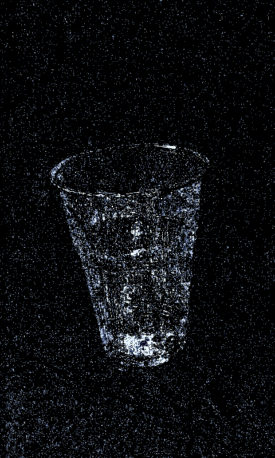

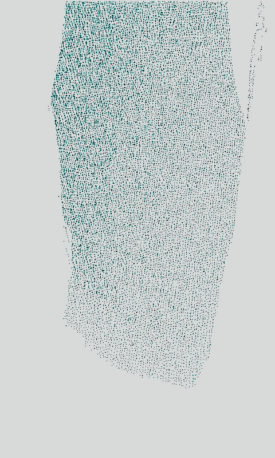
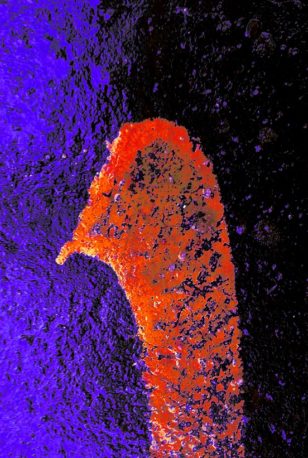
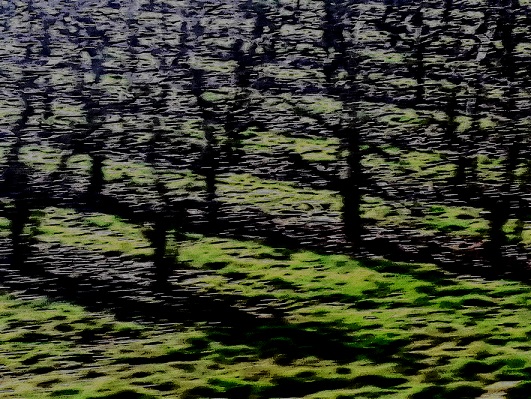
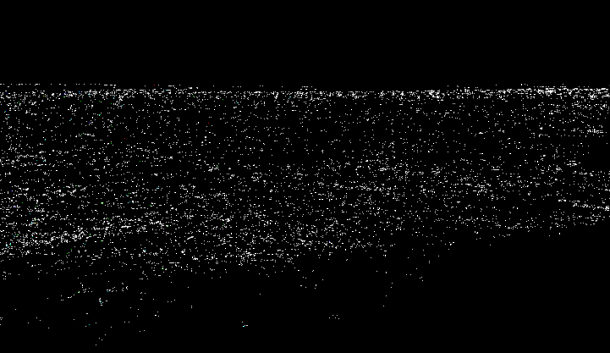
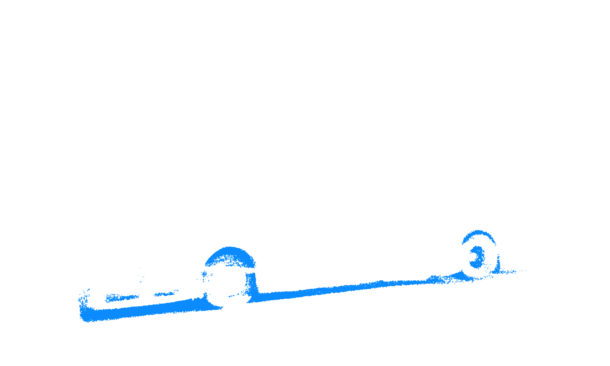
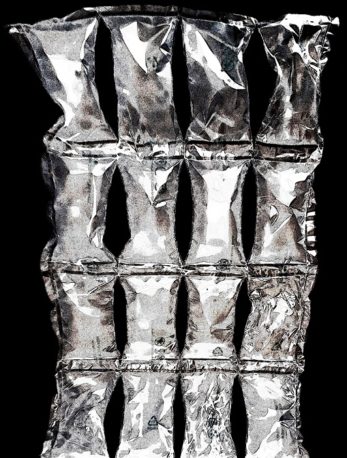

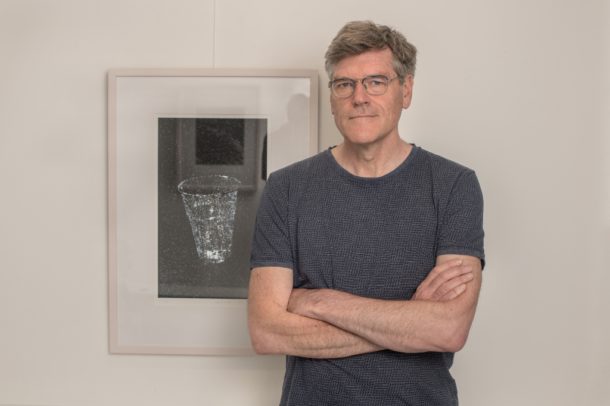














The opinions expressed by individual commentators and contributors do not necessarily constitute this website's position on the particular topic.